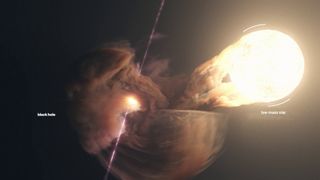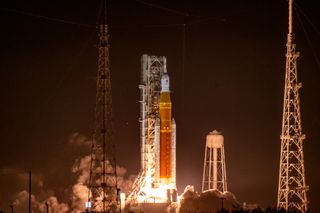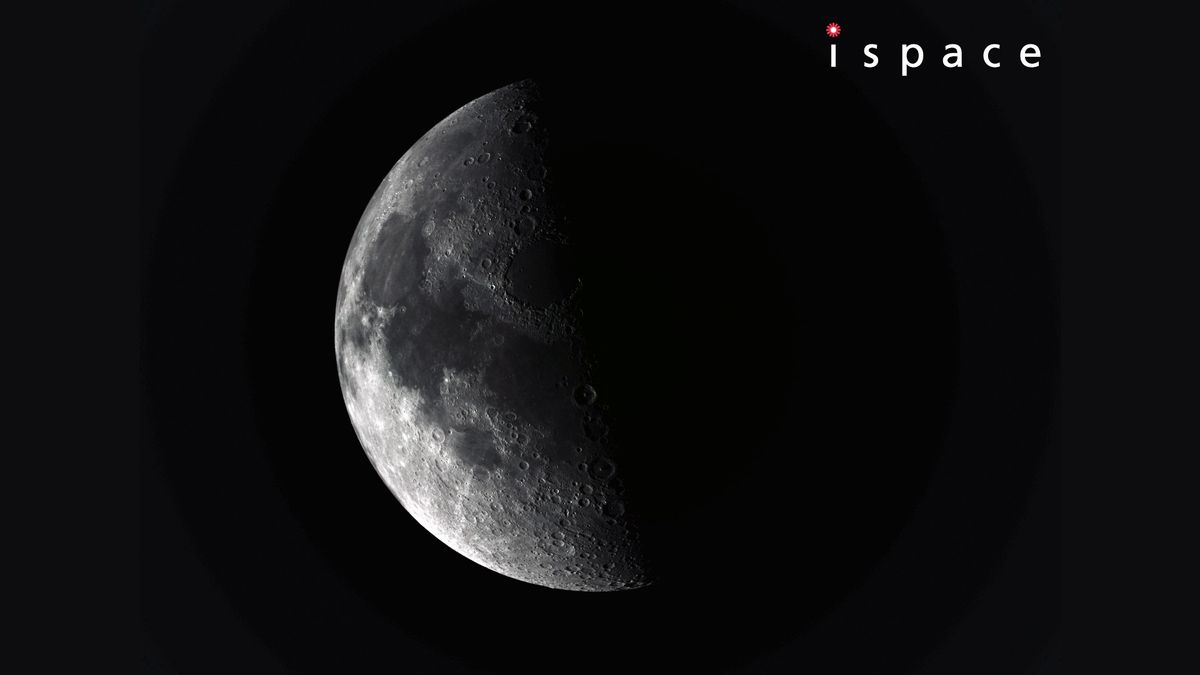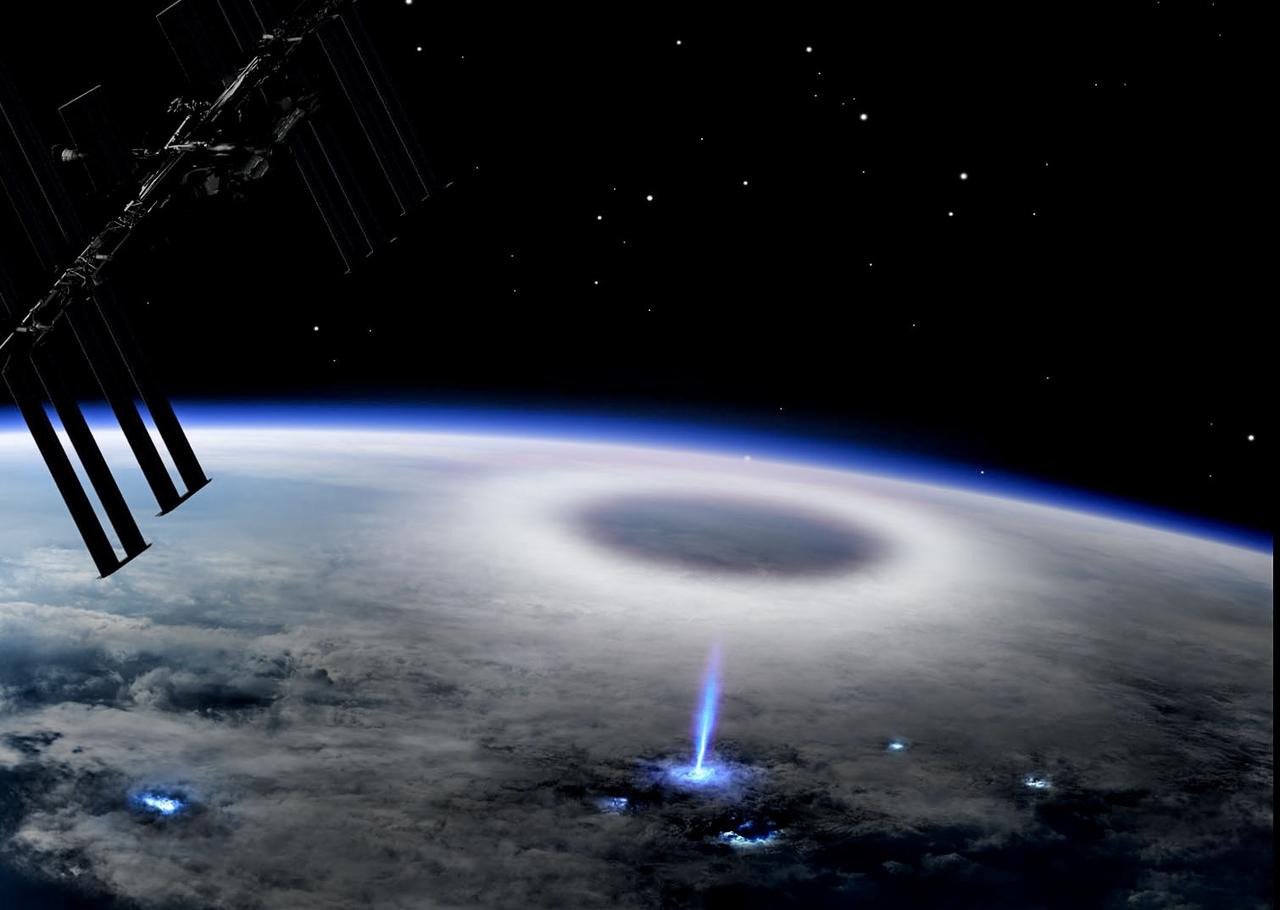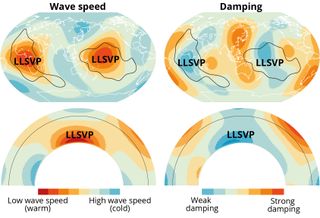Using 16 years of data from NASA’s gamma-ray detecting Fermi spacecraft, astronomers have discovered that “microquasars,” systems in which a black hole is slowly devouring a star, may be small, but they pack one heck of a punch. Despite their diminutive nature, this research suggests even microquasars snacking on small stars can have an impressive cosmic influence, becoming powerful natural particle accelerators. This means black holes indulging in stellar meals of all sizes could be responsible for a higher-than-suspected amount of high-energy charged particles called “cosmic rays,” which are constantly…
Read MoreCategory: Space Stations
Space stations in orbit or planned
Lego Marvel Logo & Minifigures set review
Essential info: Price: $99.99/£89.99 Model number: 76313 Number of pieces: 931 Dimensions: 4 x 11 x 2.5 inches (11 x 28 x 7cm) Recommend age: 12+ I don’t think any other Lego set has been quite as ‘what you see is what you get’ as the Marvel Logo & Minifigures set. As the name suggests, this literally is a 3D box with the Marvel logo on the front. It’s not exactly inspiring. But it is a solid model, and with some interesting building techniques, it’s fairly fun to build too.…
Read MoreBoeing plans to lay off hundreds of employees working on NASA’s SLS moon rocket: reports
Boeing is preparing to issue layoff notices to roughly 200 employees working on the Space Launch System (SLS) — the massive rocket central to NASA’s flagship Artemis program — as it braces for the possibility that its contracts with the space agency may not be renewed after they end in March. Of the approximately 400 positions Boeing initially considered cutting by April “to align with revisions to the Artemis program and cost expectations,” the company managed to preserve half of the jobs after daily talks with NASA, Boeing’s Vice President…
Read More‘Captain America: Brave New World’ introduces adamantium into the MCU, but did it come from space in the comics?
The fourth Captain America movie, Captain America: Brave New World, is finally out and has been met with middling critical reviews. Despite that, fans are already dissecting every new character and plot development that’s transpired as they eagerly await The Fantastic Four: First Steps and Thunderbolts. Most intriguing is the introduction of adamantium in this movie, which is fascinating because of how it differs from the comic book lore. Adamantium is part of the comic book-y, ‘fun first’ science found in the long-running universe. From vibranium to recurring alien threats,…
Read MoreJapan’s Resilience moon lander aces lunar flyby ahead of historic touchdown try (photo)
The private Resilience lunar lander just got its first up-close look at the moon. Resilience, which was built by Japanese company ispace, aced a flyby of the moon on Friday evening (Feb. 14), coming within a mere 5,220 miles (8,400 kilometers) of Earth’s nearest neighbor. The lander memorialized the milestone with a photo, snapping a nice shot of the battered lunar surface from a distance of 8,972 miles (14,439 km). The close encounter was “a historic first of its type for a Japanese private, commercial lunar lander,” according to ispace.…
Read More2024 Annual Highlights of Results from the International Space Station Science
The 2024 Annual Highlights of Results from the International Space Station is now available. This new edition contains updated bibliometric analyses, a list of all the publications documented in fiscal year 2024, and synopses of the most recent and recognized scientific findings from investigations conducted on the space station. These investigations are sponsored by NASA and all international partners – CSA (Canadian Space Agency), ESA (European Space Agency), JAXA (Japan Aerospace Exploration Agency), and the State Space Corporation Roscosmos (Roscosmos) – for the advancement of science, technology, and education. Dr. Dmitry Oleynikov…
Read MoreStation Science Top News: Feb. 14, 2025
Modeling properties of thunderstorm discharges Researchers report detailed physical properties of different types of corona discharges, including single- and multi-pulse blue discharges linked to powerful but short-lived electrical bursts near the tops of clouds. These details provide a reference for further investigation into the physical mechanisms behind these discharges and their role in the initiation of lightning, an important problem in lightning physics. An ESA (European Space Agency) instrument used to study thunderstorms, Atmosphere-Space Interactions Monitor (ASIM) provides insights into their role in Earth’s atmosphere and climate, including mechanisms behind…
Read More‘Star Trek: Section 31’ got us thinking… Should you have to do your homework before you watch a movie?
Let’s start with a small thought experiment. It’s Saturday night and you spot a new “Star Trek” movie on your Paramount+ homepage. You’re not a hardcore fan but you enjoyed “The Next Generation“, “The Wrath of Khan” and the JJ Abrams reboot. You’re also drawn in by the fact this interstellar version of “Mission: Impossible” is headlined by Michelle Yeoh, who starred alongside James Bond in “Tomorrow Never Dies”, recently appeared in “Wicked”, and won herself an Oscar for “Everything Everywhere All at Once”. That’s got to be worth a…
Read More‘City-killer’ asteroid 2024 YR4 could hit the moon instead of us, scientists say
An asteroid that’s big enough to wipe out a city has a 1-in-43 chance of hitting our planet in the year 2032. But according to new calculations, there’s an even smaller chance that it might crash into the moon instead. On Feb. 7, NASA scientists increased the likelihood of asteroid 2024 YR4 colliding with Earth on Dec. 22, 2032, nearly doubling the odds from 1.2% to 2.3%. The potentially hazardous asteroid measures an estimated 180 feet (55 meters) across — about as wide as Walt Disney World’s Cinderella Castle is…
Read MoreContinent-size blobs in Earth’s mantle are a billion years old, ancient crystals reveal
Continent-size islands deep inside Earth’s mantle could be more than a billion years old, a new study finds. Known as large low-seismic-velocity provinces (LLSVPs), these blobs are both hotter and older than nearby areas of the mantle. The findings, published Jan. 22 in the journal Nature, shed light on Earth’s deep interior and could help explain how the mantle moves over time. Scientists have known about these LLSVPs for a few decades. The two giant blobs — one beneath the Pacific Ocean and one beneath Africa — lie at the…
Read More